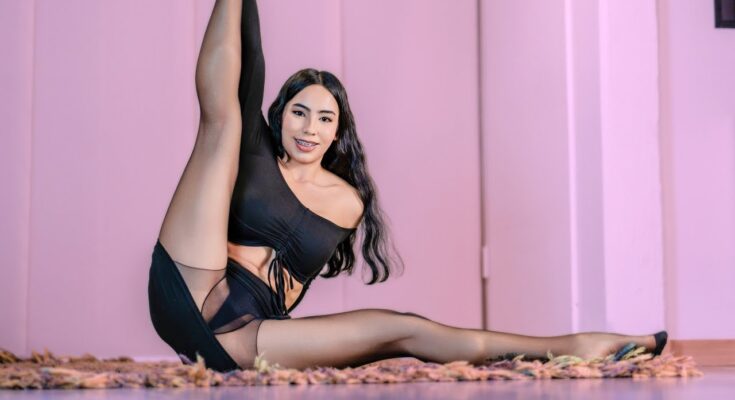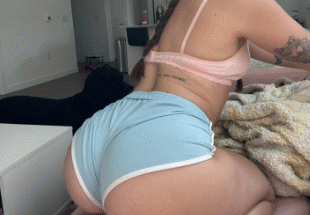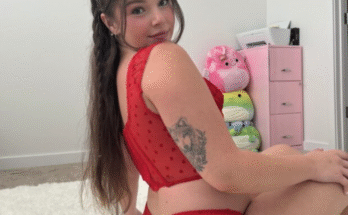Yoga is celebrated for its ability to bring peace, flexibility, and strength to both body and mind. While many people turn to yoga for relaxation and calm, not every pose is as serene as it may seem. Some stretches can feel extremely demanding, both physically and mentally—especially for beginners or those with tight muscles. In this article, we’ll explore some of the most stressful yoga stretching poses, why they feel so intense, and how to approach them with patience and care.
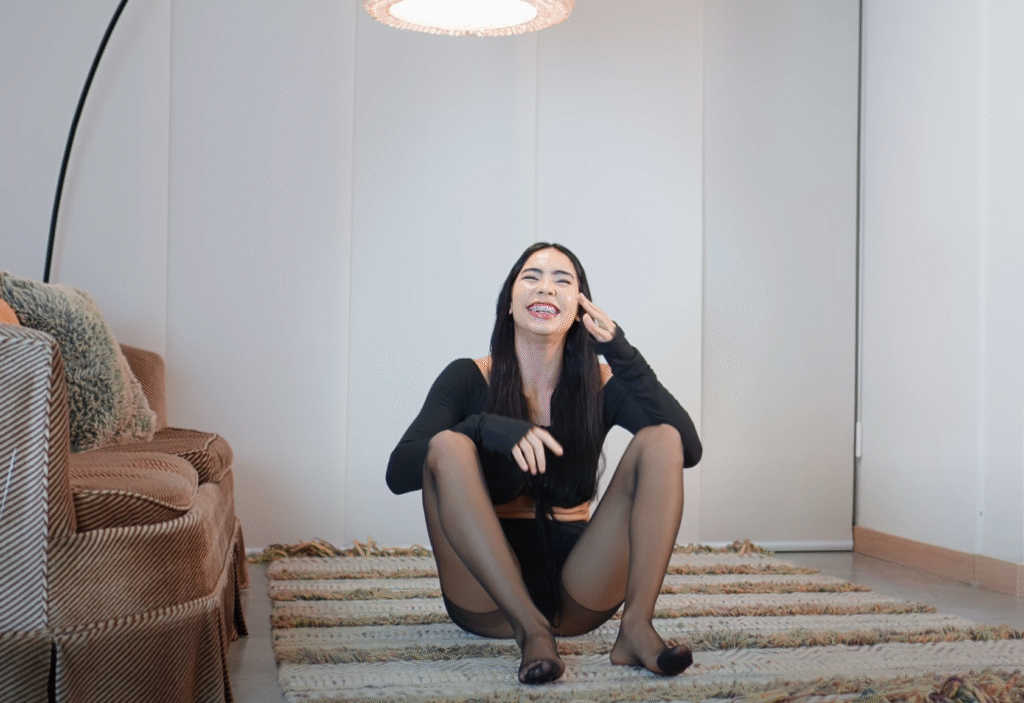
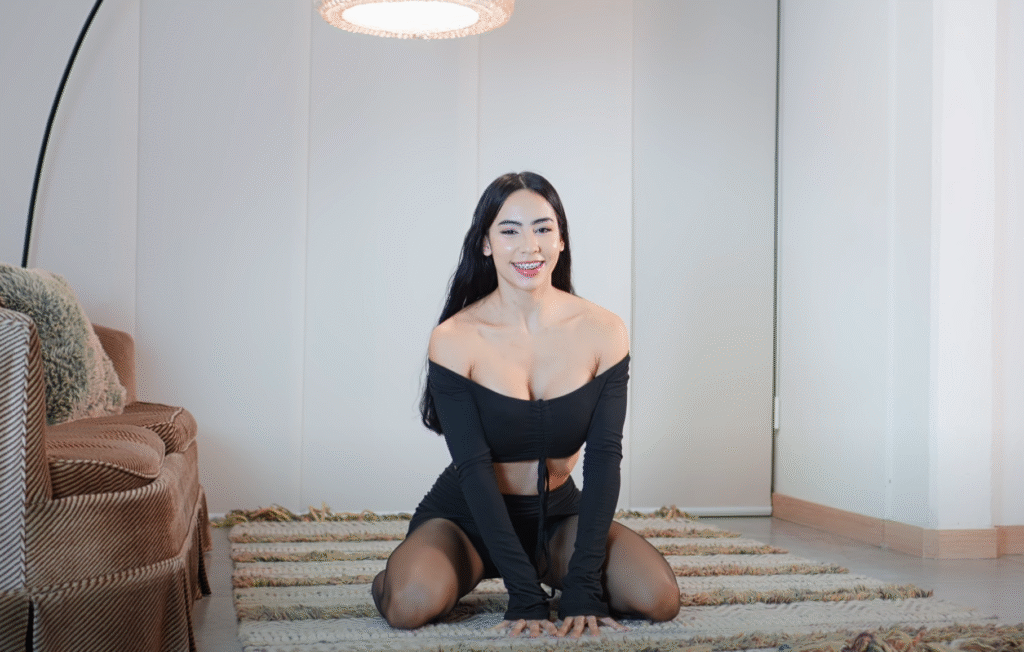

Why Are Some Yoga Stretches Stressful?
Before diving into specific poses, it’s important to understand what makes a stretch feel stressful. It’s not necessarily a bad thing. Stressful poses often challenge deep muscle groups, confront us with our physical limitations, or test our mental focus and patience. Tight hamstrings, stiff hips, or an anxious mind can make a pose feel much more difficult.
Factors contributing to stress in yoga poses include:
- Lack of flexibility
- Poor alignment or technique
- Overstretching or pushing too hard
- Fear of injury
- Emotional release triggered by opening certain muscle groups
Now let’s look at some of the poses that commonly cause the most stress—yet offer powerful rewards when practiced mindfully.
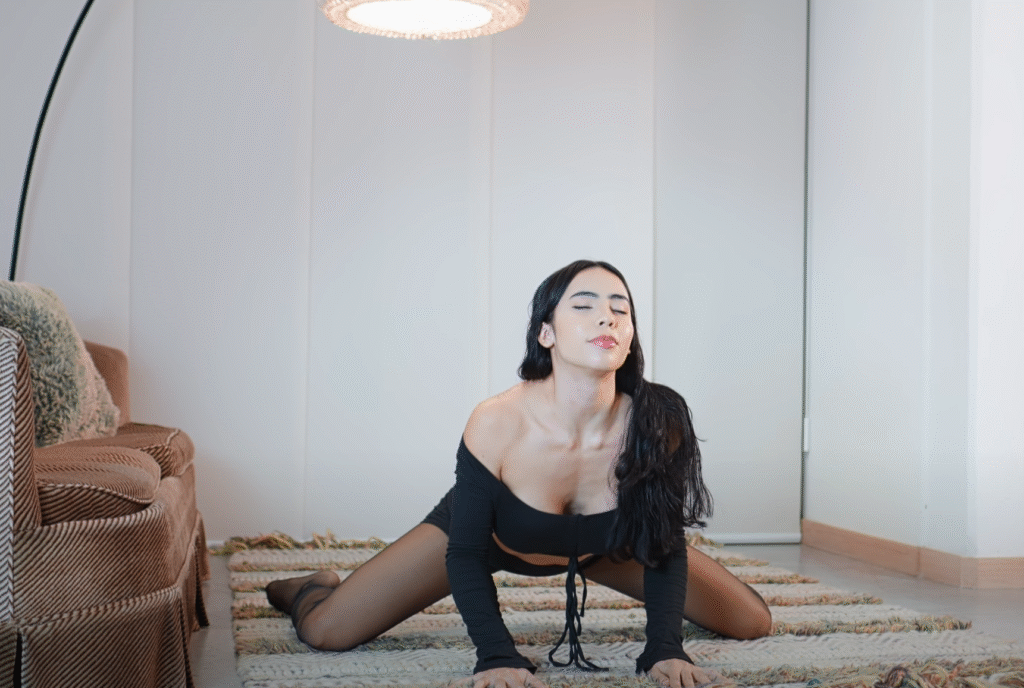

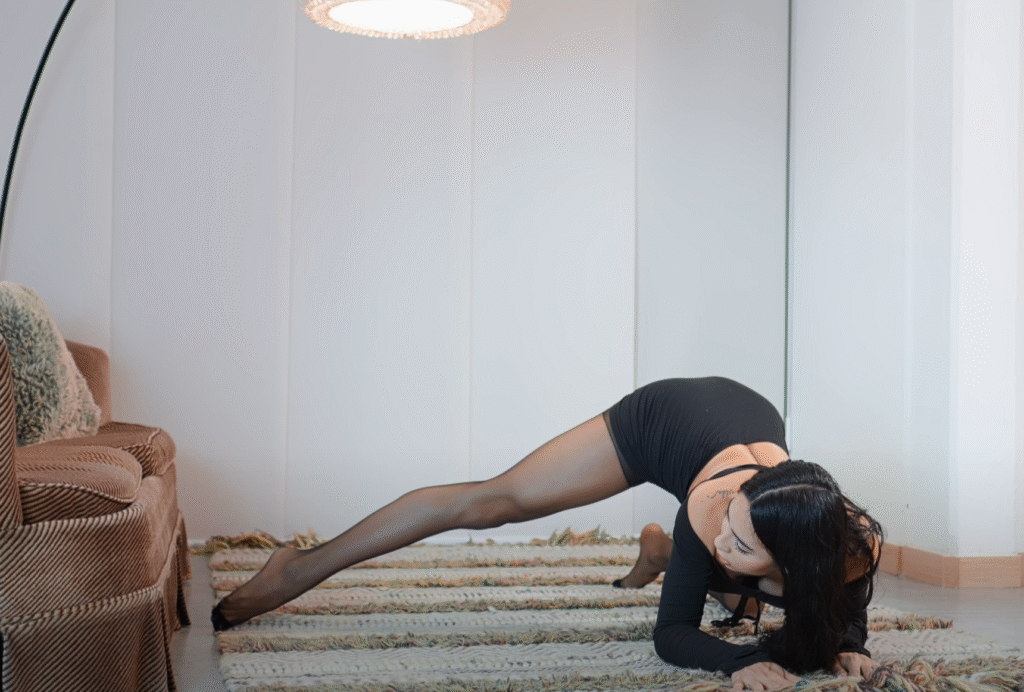
1. Standing Forward Fold (Uttanasana)
At first glance, this pose looks simple: just fold over and touch your toes. But for many people—especially those with tight hamstrings or lower back tension—this stretch can be surprisingly uncomfortable. The intense pull in the back of the legs, coupled with gravity drawing your head down, can create pressure and unease.
Tip: Bend your knees slightly to relieve tension, and focus on lengthening your spine rather than forcing your hands to the floor.

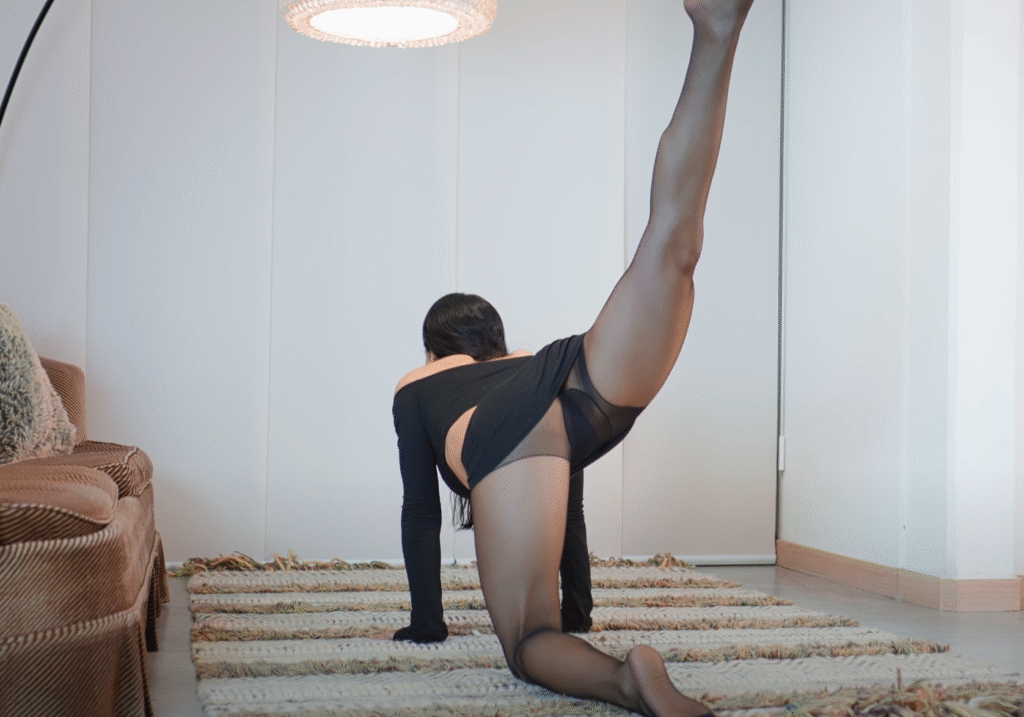
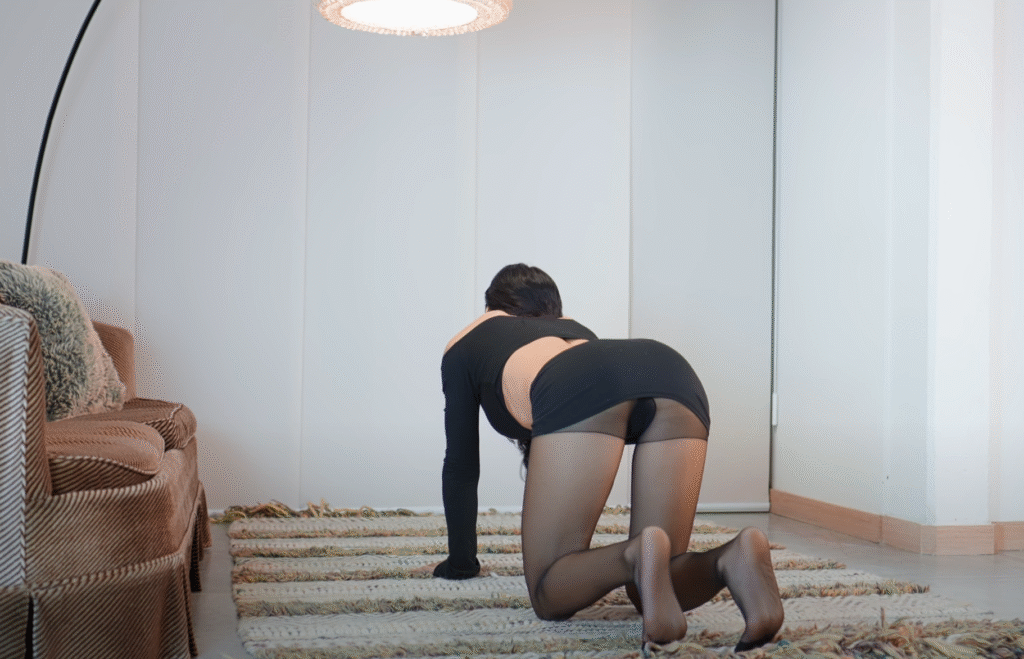
2. Pigeon Pose (Eka Pada Rajakapotasana)
Pigeon pose targets the hips—a part of the body that tends to store tension, stress, and even buried emotions. It’s a deep external rotation stretch for the hip flexors and glutes, and when held for a long time, it can feel both physically intense and emotionally vulnerable.
Tip: Use props like a yoga block or folded blanket under your hip for support. Breathe deeply and resist the urge to push too far.

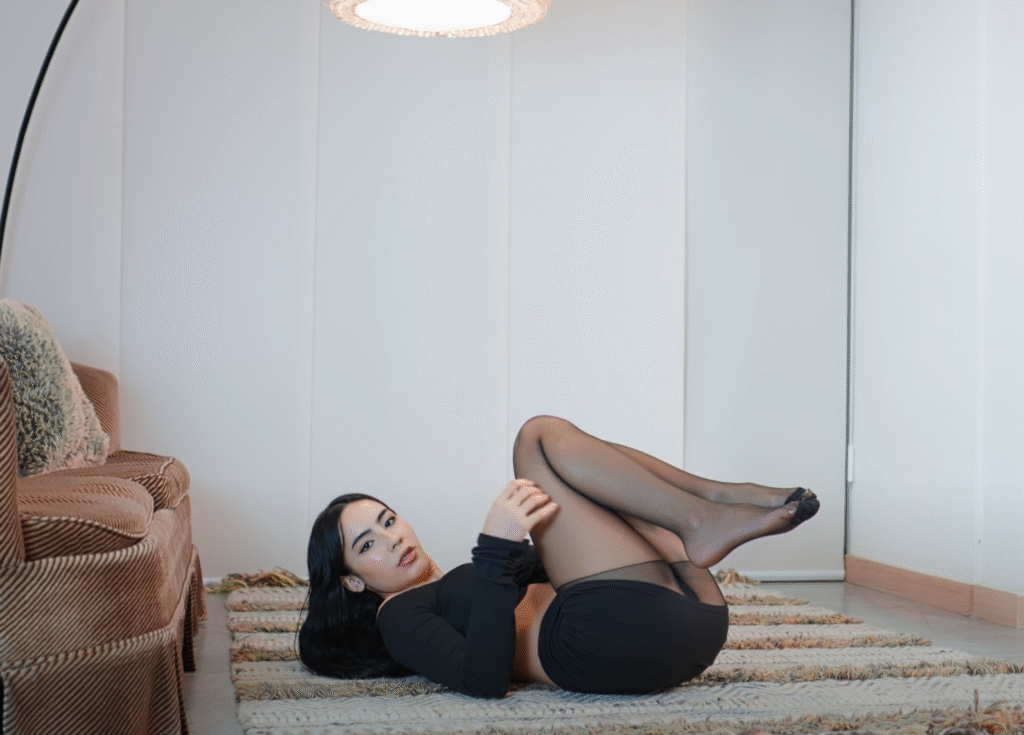

3. Seated Forward Bend (Paschimottanasana)
This seated pose is a classic hamstring and lower back stretch. For people with tight legs or poor posture, it can feel nearly impossible to sit upright, let alone fold forward. The stress comes from the intense pull on the back of the body and the mental pressure to “reach further.”
Tip: Sit on a folded blanket to tilt the pelvis forward and use a strap around your feet if you can’t reach them comfortably.
4. Camel Pose (Ustrasana)
Camel pose is a deep backbend that opens the front of the body—chest, abdomen, and throat. It’s powerful, but it can also feel overwhelming. The sensation of vulnerability, especially when the head drops back, can trigger discomfort or dizziness. For people with tight quads or lower back issues, it may even feel painful.
Tip: Keep your hands on your lower back rather than reaching for your heels if the full pose is too much. Keep your neck neutral if dropping the head back causes tension.
5. Happy Baby Pose (Ananda Balasana)
Despite its cheerful name, happy baby can feel awkward and intense. Lying on your back while grabbing your feet and pulling your knees toward your armpits can reveal a lot of hip and inner thigh tightness. It can also feel emotionally vulnerable, especially when practiced in a quiet, introspective setting.
Tip: Use a strap if you can’t reach your feet, and rock gently side to side to release tension in the lower back.
6. Bound Angle Pose (Baddha Konasana)
This pose targets the inner thighs and hips. Sitting tall with the soles of your feet together may sound simple, but for those with tight groin muscles or a rigid spine, it can be surprisingly stressful. The knees may float high off the ground, making it hard to relax into the pose.
Tip: Sit on a block or folded blanket to help the pelvis tilt forward, and don’t force your knees down—let gravity do the work gradually.
7. Wide-Legged Forward Fold (Prasarita Padottanasana)
This standing pose stretches the hamstrings and lower back while requiring balance and strength. Many people find their inner thighs scream during this pose, and the feeling of being upside down with legs spread wide can trigger insecurity or dizziness.
Tip: Place your hands on blocks if the floor feels too far away. Focus on maintaining a flat back and evenly distributing weight across your feet.
8. Frog Pose (Bhekasana)
Frog pose is a notorious hip-opener and one of the most intense groin stretches in yoga. It involves spreading the knees wide apart while keeping the shins parallel and lowering the chest toward the floor. It can cause serious discomfort in the inner thighs, hips, and even knees if not approached mindfully.
Tip: Use lots of padding under the knees and move into the pose gradually. Avoid this pose if you have knee issues.
9. Lizard Pose (Utthan Pristhasana)
Lizard pose is another deep hip opener that also stretches the hip flexors, hamstrings, and groin. With one leg forward and the back leg extended, it’s common to feel stuck or unsteady. Holding this pose for a long time can test your patience, especially when tension builds in the hips.
Tip: Drop your back knee to the mat for support and use blocks under your hands. Take your time getting into the pose and don’t rush the stretch.
10. Shoulder Stand (Sarvangasana)
Although not traditionally a stretching pose, shoulder stand can feel stressful due to the inversion and pressure on the neck and shoulders. It requires balance, strength, and proper alignment. If your neck is sensitive or you have tight shoulders, it can feel more stressful than serene.
Tip: Use folded blankets under your shoulders to protect your neck, and come into the pose slowly, focusing on alignment and breath.
How to Reduce Stress in Challenging Poses
If you find yourself overwhelmed during any of these poses, here are a few ways to manage the stress:
- Breathe deeply: Conscious breathing calms the nervous system and helps you stay present.
- Use props: Blocks, straps, blankets, and bolsters can reduce strain and improve alignment.
- Modify or skip poses: There’s no shame in adjusting a pose or resting in child’s pose.
- Practice regularly: Consistent practice builds flexibility and makes stressful poses easier over time.
- Focus on progress, not perfection: Yoga is about the journey, not forcing yourself into the “perfect” shape.
Final Thoughts
The most stressful yoga stretching poses are often the ones that teach us the most. They challenge our limits, both physically and emotionally, but they also offer deep release and transformation when approached with patience and care. Remember that yoga is not about achieving every pose—it’s about listening to your body, showing up consistently, and honoring where you are today. With time, even the most difficult stretches can become sources of strength and serenity.
Let me know if you’d like this formatted for a blog post, turned into a voiceover script, or translated into another language!
